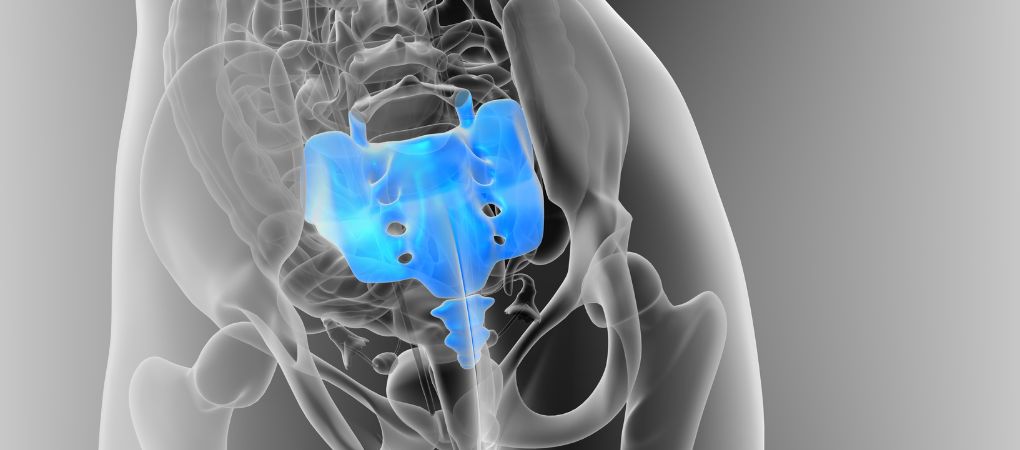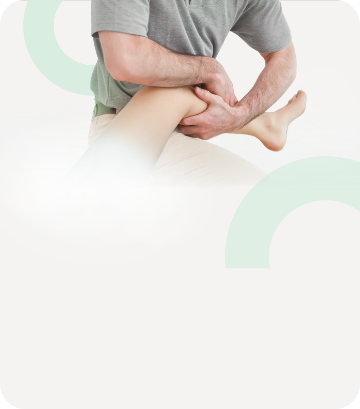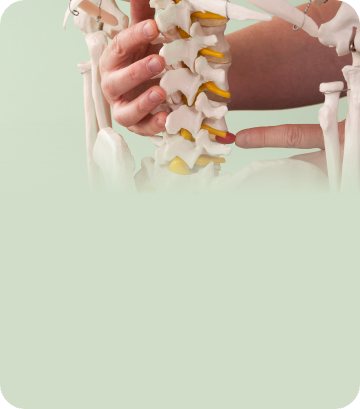Redazione
|
27/09/2022 - Last update 06/12/2022
Karlbuto Alexandre, Millicent King Channell | Year 2019
Osteopathic Approach to the Treatment of a Patient With an Atypical Presentation of Coccydynia
Pathology:
Coccydynia
Type of study:
Case Report
Date of publication of the study’:
2019/Jun/01

Purpose of the study
- Objective: to report the effect of OMT, as part of an integrated approach, in a patient with atypical coccydynia
- Measured outcomes: report of the symptomes
Participants
- Number: 1
- Description: a 21-year-old man with coccydynia for the past 10 years, which had begun following a fall from a slide when he hit the ground on his coccyx. Following the impact he fainted but he was not taken either to a physician or an emergency department. He had managed the pain over time by walking, stretching, practicing tai chi and other different activities. He had never tried either physical therapy or analgesics, but only occasionally the application of heat and ice compresses. He did not report any particular medical, surgical, family or social problems. over the last 2-3 years the pain had increased apparently without any reason. When the pain became unbearable an orthopedic spine specialist recommended an x-ray imaging: the medical report showed a type III coccyx (90° flexion) with severe sclerosis. Refusing a corticosteroid injection and other invasive therapies, the young man arrived at this osteopathic office. At this time he noticed a loss of some cognitive functions and that sedentarity exacerbated his pain (for this reason he started using a donut seat cushion to sit on). The pain would start from the sacral base to then radiate to the posterior thighs bilaterally. During the visit the pain was rated as 5 out of 10, while a picture of depressed mood, lack of concentration at work and significant weight loss (10 kg over the last 3 years with a BMI of 14.94) emerged. The young man also reported not having had problems of urinary or rectal incontinence, weakness or paresthesias of the lower limbs. The structural osteopathic assessment showed cranial, hips and sacral dysfunctions. Moreover, during the visit it emerged that the patient held the coccydynia responsible for his capacity to concentrate at school and at work.
Interventions and evaluations
- 3 OMT sessions
- OMT: compression of the fourth ventricle, membranous tension balancing, occipitoatlantal joint muscle energy techniques, high-velocity low-amplitude techniques at thoracic and lumbar level, muscle energy techniques on the hips, sacral rocking, and sacral muscle energy techniques
- Counseling based on active listening to improve his general state of health
• balanced diet based on 3 meals a day focused on proteins, essential nutrients and vitamins to recover a proper BMI
Results
After 3 weeks, at the second visit and session of OMT, the patient reported a weight gain of 3kg bringing his BMI to 15.84 and an improvement in both pain and mood. In addition, he learned how to better manage the exacerbations of pain, managing to anticipate them and making preventive movements. After 4 more weeks, on the third visit and session of OMT, the boy reported a further weight gain of 3kg bringing his BMI to 16.82 and that the worst pain had dropped to 3 out of 10. He also decided to stop his visits to the orthopedist as both pain and mood had improved.
Discussion
The osteopathic holistic approach, that is, OMT associated to counseling aimed at improving his general health (a low weight or BMI are risk factors for the coccydynia), has improved the pain and mood of the young man in question, sorting positive effects also on his daily life. OMT might have acted positively because the sacrococcygeal dysfunctions are linked together, through the fascial system in his various layers (superficial, deep and meningeal), to the rest of the spine up to the cranius. Moreover, many studies report how manual therapies, through anti-inflammatory or of nervous rebalancing mechanisms are able to improve depression symptoms. Normally the management of coccydynia contemplates first a series of conservative treatments and, should these options not be sufficient, a series of invasive and surgical treatments. The result of this study shows the importance of actively engaging in conservative treatments (initially the patient was not advised of any of this).
More organized studies are required to better understand the exact mechanisms underlying the OMT effects emerged in this study.
The review of Osteopedia
By Marco Chiera
Strengths: thorough introduction on coccydynia and its possible systemic connections; good description of the state of health of the boy through various examinations; in-depth discussion of possible treatments for coccydynia and good discussion of the possible mechanisms underlying the usefulness of OMT.
Limits:it would have been interesting to ask the patient for a new x-ray imaging of the coccyx to evaluate any changes in its position; an assessment on the long-term, once the sessions of OMT had ended, is missing; it would have been better to analyze the primary respiratory mechanism (instead of simply mentioning it), as it is a topic particularly debated in the osteopathic field (what it is, where it comes from, etc.).

Are you an osteopath?
Register and enjoy the membership benefits. Create your public profile and publish your studies. It's free!
Register now
School or training institution?
Register and enjoy the membership benefits. Create your public profile and publish your studies. It's free!
Register now
Do you want to become an osteopath? Are you a student?
Register and enjoy the membership benefits. Create your public profile and publish your studies. It's free!
Register now







